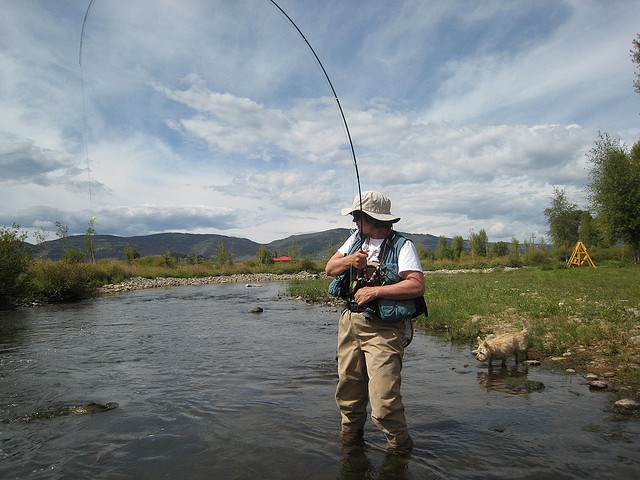With fishing season in full swing, the provincial government wants to make sure that everyone is paying attention to fishing regulations to make sure the resource is sustainable for everyone to enjoy.
“The main reason behind those rules and regulations is to ensure the long term sustainability of these fisheries,” said Murray Koob, a fisheries biologist with the ministry of the environment. “They’re there for future generations.”
There are many factors that go into deciding what fishing limits will be in place, and these factors are constantly being monitored and updated.
“It’s somewhat of a balance between conservation (of fish) and use (of the lake),” Koob said.
Biologists monitor fish population, assess waters, and look for trends in fish populations. If they see a downward trend from an increased harvest, they need to adjust those rules and regulations to make sure the fish population is sustainable. As an example, Blackstrap Lake has a lower limit due to decreased fish populations. The lake will continue to be monitored, and so the limits could increase if the fish population gets back up.
Other than (obviously) not overfishing, there are some things that people can do to help sustain fish populations.
“It’s okay to catch your limit, but a big part of that is limiting your overall catch,” Koob said.
Now, with better resources to catch fish, the limit tends to get smaller as time goes on. This means that more people are starting to catch and release. However, there’s a problem with that: delayed mortality. Not every fish that is caught and then released again will live. Koob said that 10 out of every 100 fish that is released back will die.
“It’s difficult to manage and regulate for that factor,” he said.
In addition to limiting the catch, Koob also said to keep the area clean and be conservation minded to protect fish habitats.
If a fishery (which refers to any fish habitat) is getting low on numbers, the province has a few tools to combat that. They can increase close times and limit the number of fish someone can catch. Other waters have gear restrictions, like barbless hooks.
In some cases, they can put a stocking program into place. However, this doesn’t work for every body of water and in Saskatchewan it’s geared primarily to the south, particularly Fort Qu’Appelle.
The other thing to remember during fishing season is how to stay safe. Rich Hildebrand, a conservation officer with the province, advises to always remember your lifejacket. Make sure you’re prepared for the weather and to tell people where you’re going and how long you’ll be. He also added that driving a boat is no different from a car, meaning don’t drink and drive. If you don’t know the water, make sure you watch out for reefs and rocks.
And as always, make sure you have a valid fishing license and be aware of regulations for that particular body of water.




